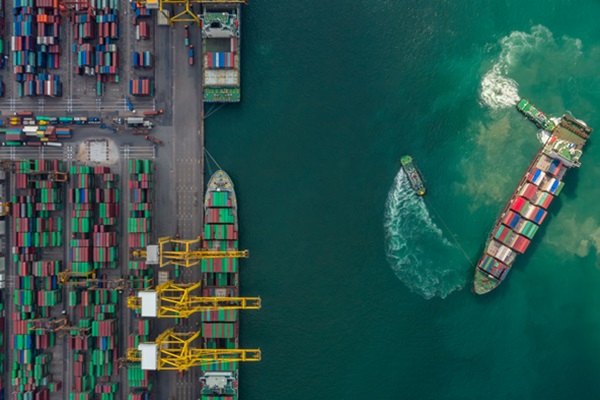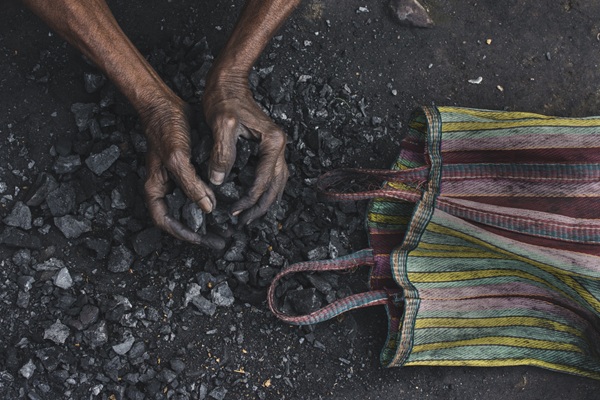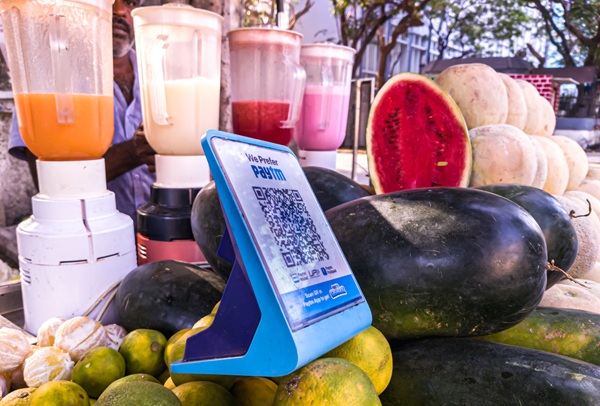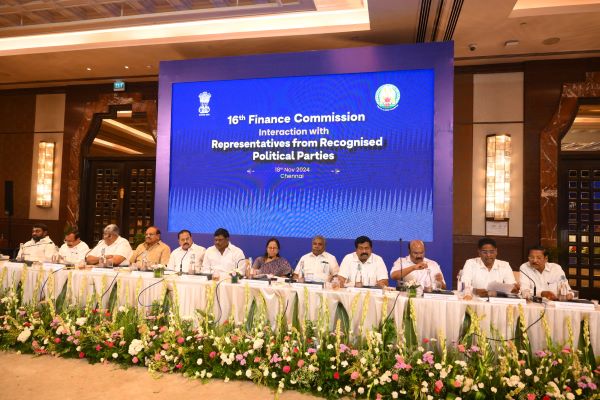.png)

Nilanjan Banik is a Professor at the School of Management, Mahindra University, specialising in trade, market structure, and development economics.
September 9, 2025 at 10:41 AM IST
Last weekend US President Donald Trump posted on social media that he would always be friends with Prime Minister Narendra Modi and described India–US ties as “special”. Modi warmly reciprocated. These exchanges followed New Delhi’s firm and calculated stance after Washington imposed a 25% secondary tariff on India for purchasing Russian oil.
India’s measured response to the recent US trade aggression stood out for its blend of strategic patience and economic pragmatism, especially against what many see as Trump’s trademark brinkmanship.
In practice, the Washington’s measures hurt the US more than India, leaving Trump with little choice but to soften his position sooner rather than later.
Recent estimates from the US Bureau of Economic Analysis suggest that the tariffs are failing to achieve their intended effect. The trade deficit continues to rise almost every month despite the measures. The US trade deficit reached $78.3 billion in July, up sharply from $59.1 billion in June. At the same time, US GDP growth is slowing and the dollar is depreciating at record levels.
Indian policymakers were right to stand firm without giving in, as premature concessions often lead to further demands rather than sustainable partnerships. This approach, far from being mere diplomatic posturing, builds the foundation for mutual respect in bilateral relations. When countries demonstrate they cannot be easily pressured, larger economies are often compelled to engage more seriously and fairly in negotiations.
While maintaining strategic firmness at the diplomatic level, India must also focus on protecting its most vulnerable exporters, especially micro and small-sized enterprises that form the backbone of its export economy. The US tariffs reveal the diverse nature of India’s export portfolio. Labour-intensive sectors such as gems and jewellery, textiles, and footwear face significant challenges, while exports like refined petroleum products, pharmaceuticals, and electronics remain largely unaffected. An estimated $48.2 billion out of $86.5 billion in total merchandise exports from India to the US will be subjected to 50% tariffs, equal to about 1.5% of India’s GDP.
The textile sector, dominated by small and micro enterprises, highlights the challenge faced by traditional exporters. A 25% tariff increase might be absorbed through operational adjustments, supplier negotiations, and modest price changes. A 50% increase, however, fundamentally alters competitive dynamics. Smaller firms face hurdles that larger corporations can more easily navigate due to their superior access to capital.
Unlike large multinational corporations that can shift manufacturing to third countries or absorb temporary losses, smaller exporters lack such flexibility. A temporary subsidy programme, coupled with concessional lending arrangements where the government provides interest rate support, would offer a crucial lifeline during periods of trade uncertainty.
Support should also extend to helping these enterprises access alternative geographical markets. India is negotiating free trade agreements that could provide new routes for market access and supply chain diversification. Strengthening buyer–seller outreach programmes can help maintain continuity even during periods of trade tension.
Another important initiative would be to help small exporters develop and promote their brands. Branding support enables them to create distinct market identities that can command premium pricing and partly offset tariff disadvantages. Export compliance assistance can ensure technical barriers do not add to tariff pressures, while logistics support can reduce overall costs. Domestic measures such as rationalising GST, expediting refund mechanisms, and lowering compliance burdens can further improve export competitiveness.
Diplomatic resolve sends the right signal, but it must be matched by comprehensive support for affected exporters, especially the small and marginal ones.




